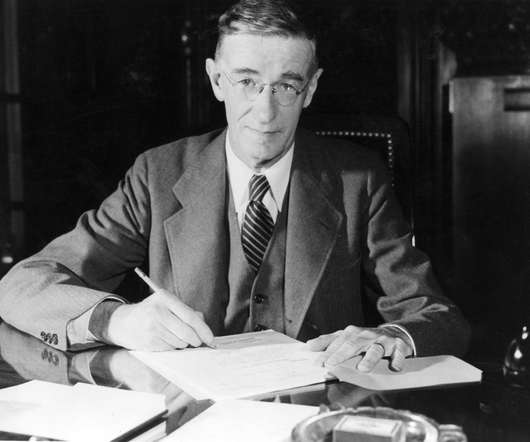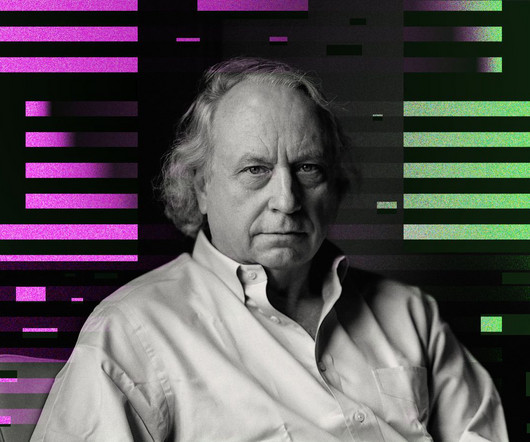The Essential Vannevar Bush
Cars That Think
MARCH 1, 2022
Born in 1890 in Massachusetts, he came to prominence as the nation’s top designer of computers while at MIT In the 1930s. During World War II, as personal science and engineering adviser to President Roosevelt, he led all research by civilians for the military and organized the Manhattan Project.












Let's personalize your content